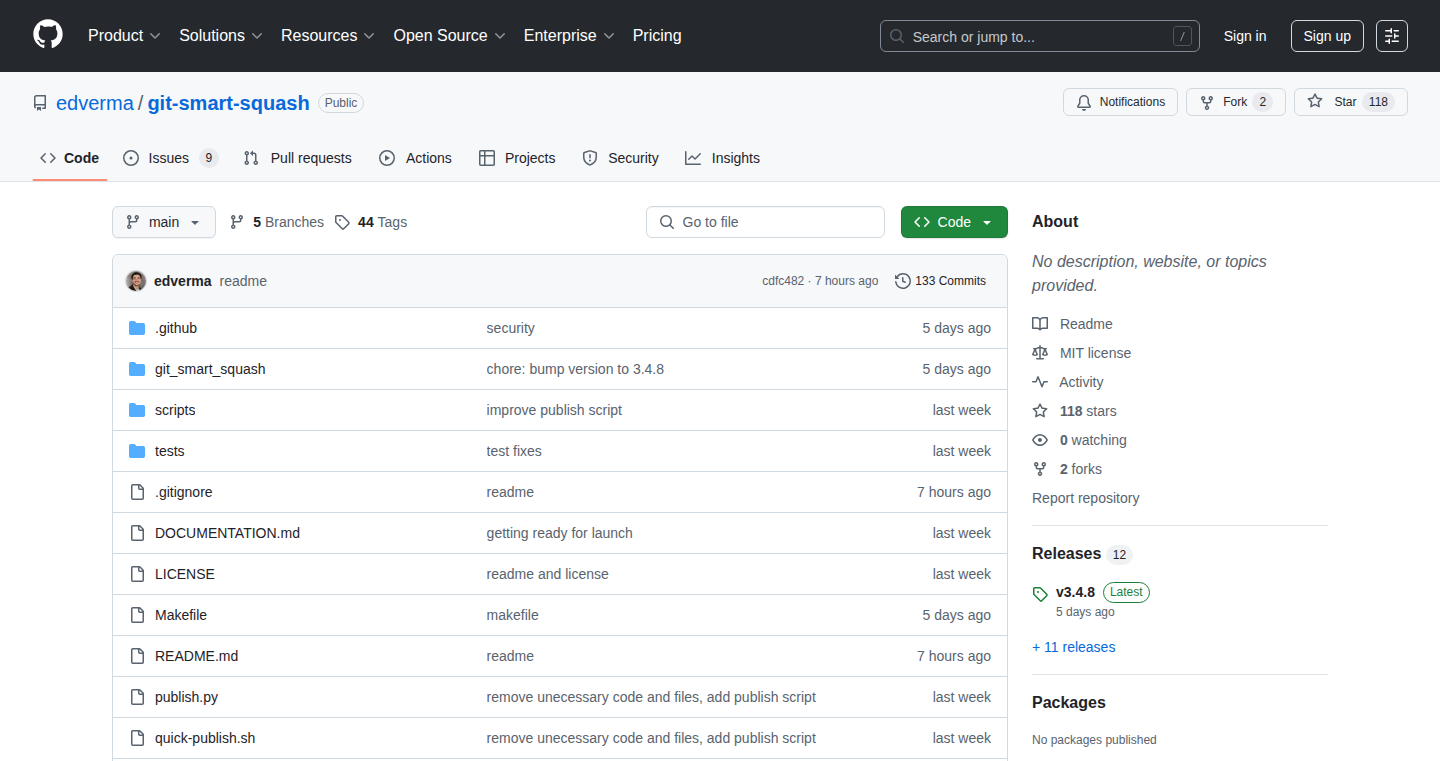

Highlight 1
Automates the time-consuming task of organizing and rewriting commit history, making it easier for developers to manage their pull requests.
Highlight 2
Provides clear commit messages and change groupings, enhancing the readability and review process for PRs.
Highlight 3
Offers a safety net with backup branches, ensuring that users can revert changes if necessary.

Improvement 1
The tool could include a more intuitive user interface or instructions within the command line, making it easier for new users to get started.
Improvement 2
Integrating more customization options for commits, such as user-defined commit message templates, could enhance flexibility.
Improvement 3
Expanding compatibility with more cloud-based AI providers beyond the local Ollama server could increase user options and accessibility.
Product Functionality
Enhance the tool by providing more customization options for how commits are generated, such as allowing users to set their specific preferences for commit message formatting.
UI & UX
Consider developing a web-based dashboard or visual interface that helps users see their commit history and AI suggestions more clearly, as command-line tools can sometimes be intimidating for beginners.
SEO or Marketing
Improving website content with blog posts or tutorials that highlight use cases and success stories could enhance visibility in search engines and attract more users.
MultiLanguage Support
Implement multi-language support to accommodate a broader audience, especially in non-English speaking markets, thus increasing the user base.
- 1
How does Git Smart Squash work?
Git Smart Squash analyzes the differences between your current branch and a base branch, then uses an AI provider to suggest commits and organizational groupings, which you can then accept and apply.
- 2
What happens if I don't like the suggested changes?
The tool creates a backup branch, allowing you to revert back to your original commit history if you don't like the proposed changes.
- 3
Can I use cloud-based LLM providers with this tool?
Yes, while the default is a locally running Ollama server, you can configure it to use cloud providers via CLI arguments or a config file.
